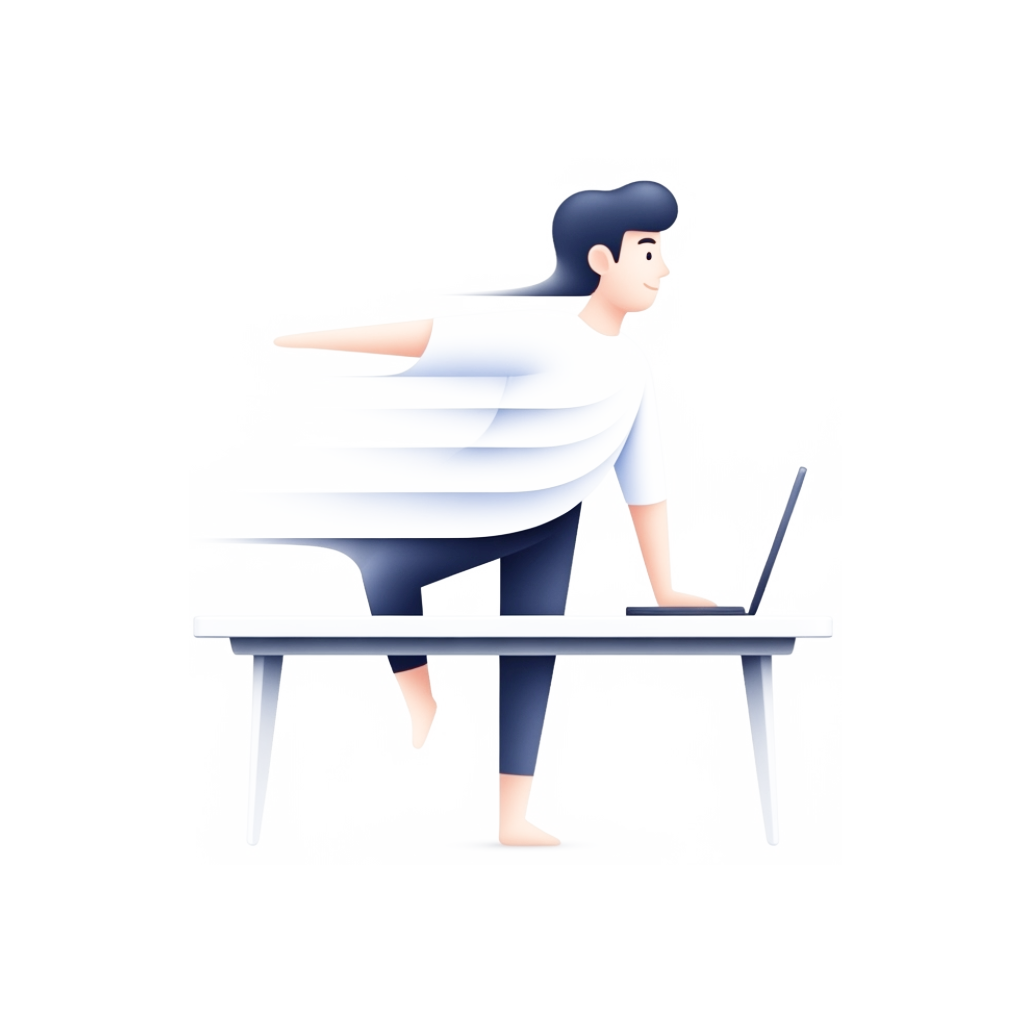Standing Desk vs. Converter: Boost Productivity & Wellness

Standing Desk vs. Converter: Boost Productivity & Wellness
Working from home or in the office has transformed how we approach our workstations. With many spending over 10 hours a day at their desks, the need to incorporate movement and ergonomic solutions has never been greater. Standing desks and sit-stand converters have surged in popularity as effective tools to reduce sedentary behavior, improve posture, and enhance productivity. In this guide, we explore the key differences between standing desks and converters, their benefits, and how reminders for movement and standing breaks can elevate your health and work performance.
Understanding Standing Desks and Sit-Stand ConvertersA standing desk is a height-adjustable desk that lets you switch between sitting and standing positions smoothly throughout the day. They often come with electric controls for easy adjustment and can accommodate various ergonomic accessories.
Sit-stand converters, on the other hand, are platforms placed on top of existing fixed-height desks. They convert a regular desk into a standing desk space without the need to replace your entire desk. While typically more affordable and space-saving, they come with some ergonomic compromises.
When to Choose a Standing DeskIf you plan to incorporate walking or use an under-desk treadmill, a standing desk is the safer and more stable choice. It offers sufficient height range, width, and supports ergonomic accessories like keyboard trays and monitor arms.
Standing desks provide a larger work surface area that moves with you, reducing the need to reach for papers or tools while standing, boosting comfort and efficiency.
For those seeking the best stability, standing desks generally outperform converters, minimizing monitor shake and wrist strain during prolonged use.
They are ideal for building a complete ergonomic workstation, supporting various accessories that help maintain good posture and reduce fatigue.
When a Sit-Stand Converter Makes SenseConverters are practical if you have a built-in or cherished desk you don’t want to replace or modify.
They preserve existing desk drawers and storage spaces, which can be a priority for some workers.
Sit-stand converters are also a budget-friendly way to gain sit-stand functionality without investing in a new desk.
Be mindful that many converters lack tilt adjustments and may have limited space, which can affect ergonomics.
Choosing a high-quality converter with stability and ergonomic features is important to avoid discomfort or inefficient posture.
The Importance of Standing Reminders and Movement BreaksEven with the best desks or converters, prolonged static posture can cause discomfort and health issues.
Wellness apps that provide standing reminders encourage users to break long sitting sessions by standing up regularly.
Incorporating movement breaks, such as stretching or walking briefly, helps boost circulation, reduces muscle stiffness, and improves focus.
Our app supports these habits by sending timely notifications to stand and move, promoting a healthier work routine and increased productivity.
Creating an Ergonomic Workstation SetupTo maximize the benefits of your standing desk or converter, add ergonomic accessories such as adjustable monitor arms, keyboard trays, anti-fatigue mats, and footrests.
Proper cable management keeps your workspace organized, reducing distractions and potential accidents.
Adjust your desk height correctly to ensure your elbows are at a 90-degree angle and your monitor is at eye level to prevent strain.
Adopting a complete ergonomic setup promotes comfort, reduces injury risk, and supports sustained productivity throughout your workday.
Conclusion
Choosing between a standing desk and a sit-stand converter depends on your workspace, budget, and personal preferences, but both encourage healthier working habits. Pairing the right equipment with regular standing reminders and movement breaks can dramatically improve your well-being and efficiency. Make conscious choices to stand, stretch, and move often — your body and mind will thank you for it.
Sources:
